Developing a clear understanding of the problems you solve for people and identifying your solutions involves a strategic process in branding.
This begins with in-depth research into the target audience’s challenges and preferences, followed by the identification and prioritization of key problems.
By creating detailed customer personas, solutions can be tailored to resonate with their motivations and goals. The solutions should be refined through validation and then integrated into the brand’s messaging to effectively communicate how they solve the audience’s problems.
Continuous monitoring and adaptation ensure that the brand remains aligned with evolving customer needs, fostering lasting connections and relevance in the market.
Download a copy of
“Cracking the Branding Code: Discovering the Problems Your Brand Can Solve.”
Here’s a step-by-step approach to help you with this:

Research the Target Audience
Begin by researching and understanding your target audience. Identify your demographics, psychographics, needs, desires, pain points, and challenges. This research can involve market analysis, surveys, interviews, focus groups, and studying competitors.
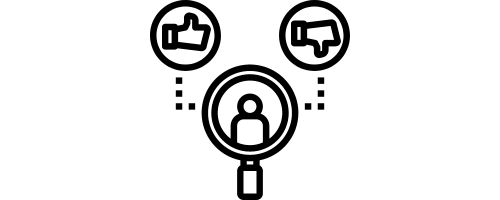
Identify Customer Problems
Based on the research, make a list of the problems or challenges your target audience faces. These could be unmet needs, frustrations, obstacles, or pain points that prevent them from achieving their desired outcomes or living their ideal lives.

Prioritise the Problems
Evaluate the list of problems and prioritise them based on their significance and impact on the target audience. Focus on the problems that are most relevant and pressing for your customers.

Develop Customer Personas
Create detailed customer personas that represent different segments of your target audience. Each persona should include information such as demographics, motivations, goals, and challenges. This helps you empathize with the customers and understand their unique perspectives.

Define Solutions and Match Them
For each problem identified, brainstorm potential solutions that you can offer. Consider how your product or service can address the specific pain points and challenges faced by the target audience. Focus on the value proposition and benefits your solution brings to the table.

Refine and Validate Solutions
Evaluate and refine the potential solutions. Consider factors such as feasibility, competitiveness, differentiation, and alignment with your brand values. Validate the solutions by testing them with your target audience through surveys, focus groups, or prototypes to gather feedback and refine further.

Align Brand Messaging
Once the solutions are finalized, align your brand messaging and positioning with the identified problems and solutions. Craft compelling brand messages that highlight how your offering solves the target audience’s problems, fulfills their needs, and improves their lives.

Communicate Effectively
Develop a comprehensive communication strategy that effectively conveys your brand messages to the target audience. Utilize various marketing channels and tactics, such as advertising, content marketing, social media, public relations, and customer support, to reach and engage with the audience.

Monitor and Iterate
Continuously monitor the effectiveness of your brand messaging and solutions. Collect customer feedback, track key performance indicators (KPIs), and adapt your approach based on the insights gained. Iteration and improvement are essential to ensure your client’s brand remains relevant and resonates with their audience over time.
Remember, the branding process is iterative and ongoing. As the market evolves and customer needs change, it’s crucial to revisit and update your understanding of the problems you solve and refine your solutions accordingly.
Download a copy of
“Cracking the Branding Code:
Discovering the Problems Your Brand Can Solve.”
There are several examples of brands that have uniquely solved problems through innovative approaches.
Here are a few notable examples:
1. Tesla: Tesla revolutionized the electric vehicle industry by addressing key challenges such as limited range, long charging times, and high costs. They introduced high-performance electric cars with advanced battery technology, extensive charging infrastructure (Supercharger network), and Autopilot features. Tesla’s innovative approach to design, range optimization, and charging network has helped accelerate the adoption of electric vehicles.
2. Airbnb: Airbnb disrupted the traditional accommodation industry by solving the problem of finding affordable and unique accommodations while traveling. By creating a platform that allows individuals to rent out their homes or spare rooms to travellers, Airbnb expanded the options available to travellers beyond hotels. This innovative solution provided a more personalized and cost-effective alternative, and also offered hosts an opportunity to monetize their unused spaces.
3. Warby Parker: Warby Parker addressed the problem of expensive prescription eyewear by offering stylish, affordable, and high-quality glasses directly to consumers. They eliminated the middleman and established an online platform where customers can try on frames at home and order their preferred prescription glasses. This direct-to-consumer model disrupted the eyewear industry and made fashionable eyeglasses more accessible to a wider audience.
4. TOMS: TOMS tackled the problem of inadequate footwear in impoverished regions while also emphasizing social impact. For every pair of shoes purchased, TOMS donates a pair to a child in need. By incorporating a one-for-one giving model, TOMS not only provided shoes to those who couldn’t afford them but also created a socially conscious brand that resonated with consumers.
5. Dyson: Dyson is known for its innovative approach to solving everyday problems with household appliances. For example, they developed bagless vacuum cleaners that don’t lose suction power, bladeless fans that provide a smooth and safe airflow, and hair dryers with advanced technology that protects hair from excessive heat damage. Dyson’s commitment to engineering and design has resulted in unique solutions that have disrupted conventional product categories.
These are just a few examples of brands that have uniquely solved problems through innovation and creative thinking.
By identifying pain points and developing novel approaches, these brands have not only differentiated themselves but also addressed consumer needs in innovative and impactful ways.
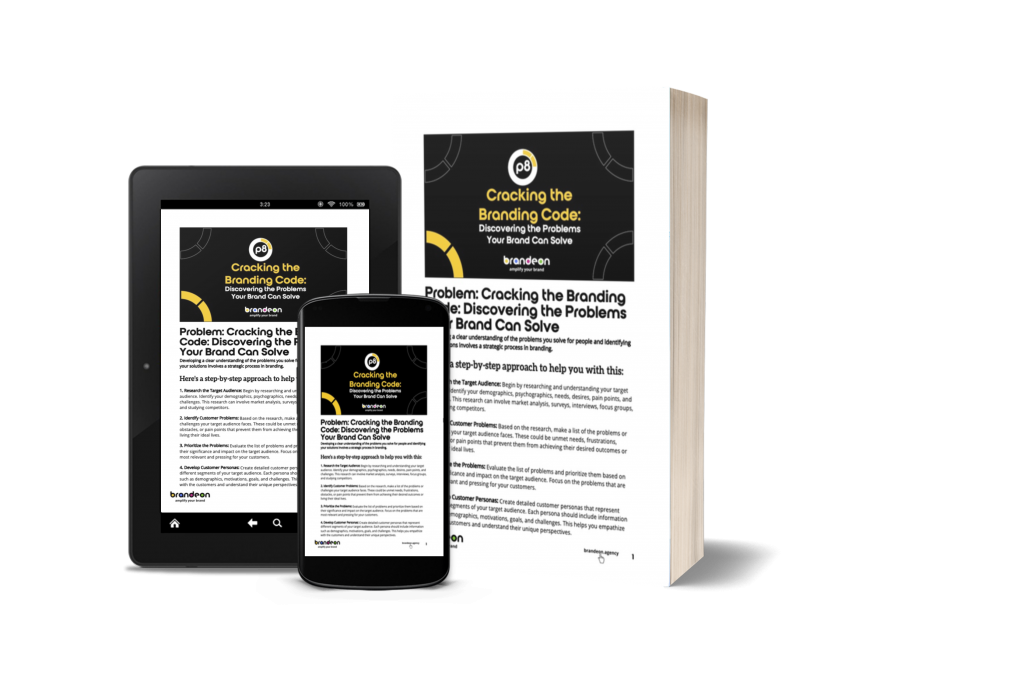 Download a copy of
Download a copy of
“Cracking the Branding Code”
Get a step-by-step approach to help you with this.
Keeping It Real: Authenticity in Brand Communication
Join us for a transformative livestream event, "Amplify Your Brand," hosted by branding experts...
Know Your Enemy: Differentiation through Opposition
Join us on the next Brandeon podcast, where we dive deep into the power of having a brand enemy....
Brand Boost: The Person Behind The Brand
Unlock the Power of Your Brand: "Amplify Your Brand" Livestream with Chris and Simao! Get ready...
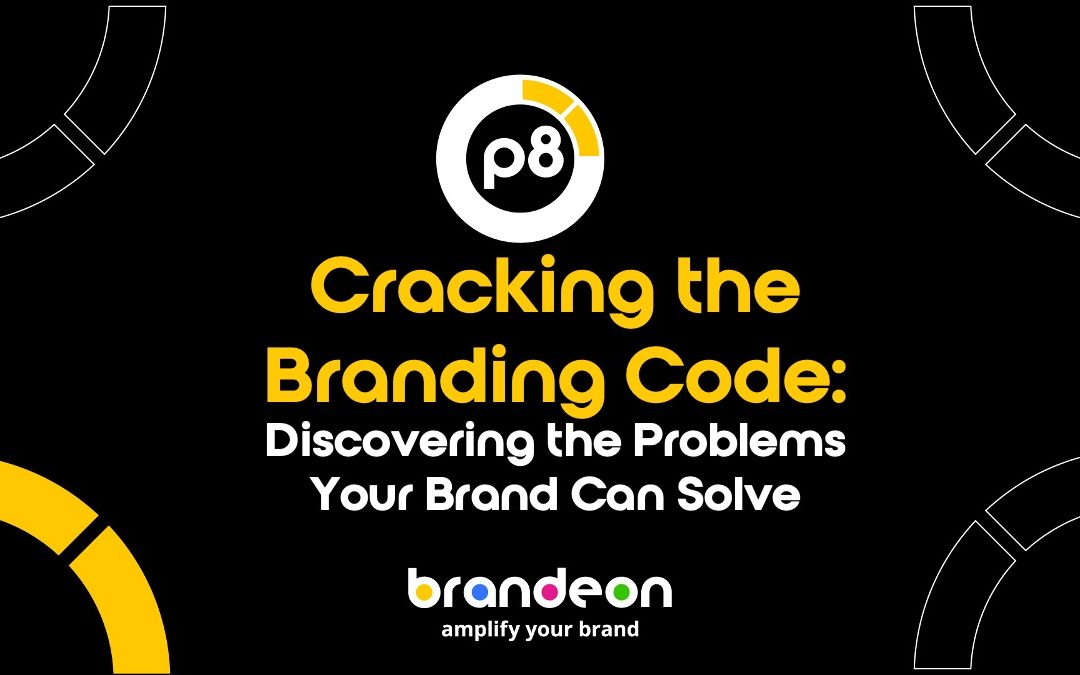
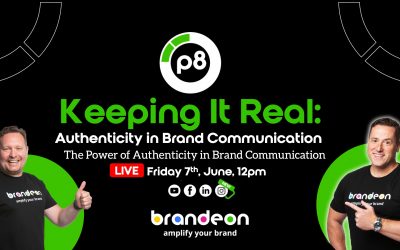


Recent Comments